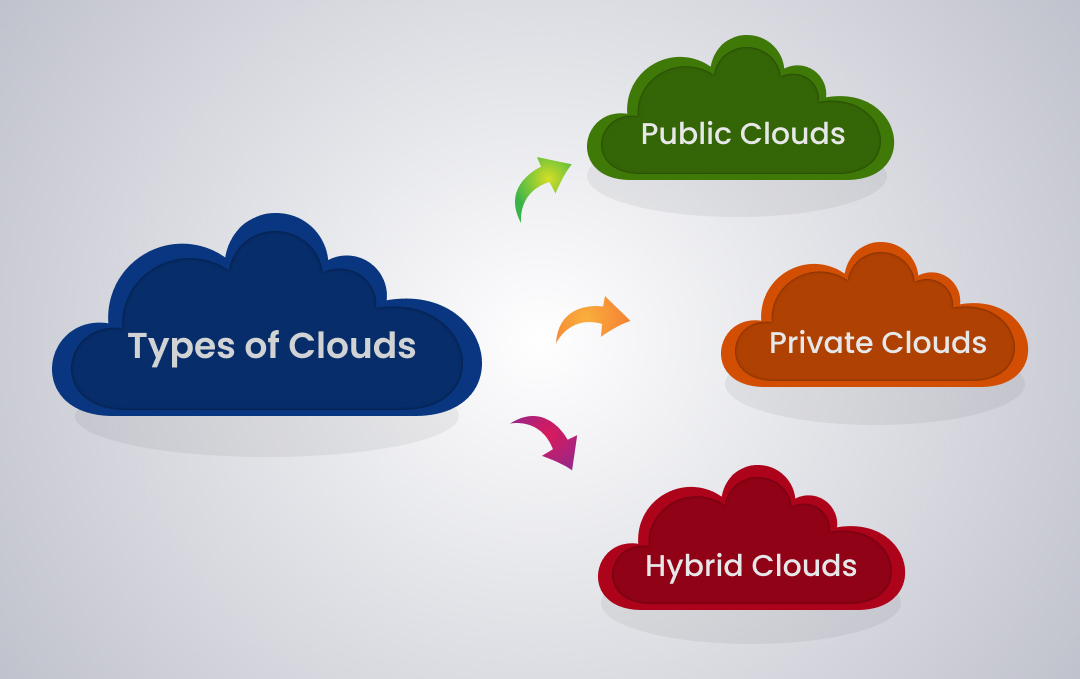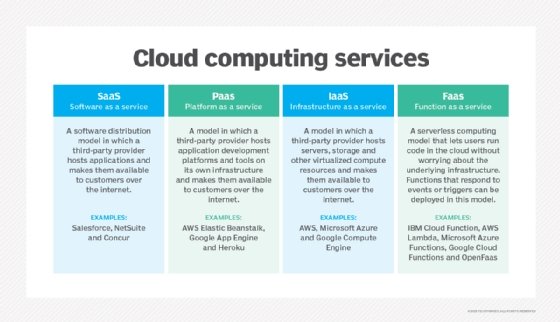LinkDaddy Cloud Services Mastery: Advanced Approaches for Efficient Cloud Services Press Release
LinkDaddy Cloud Services Mastery: Advanced Approaches for Efficient Cloud Services Press Release
Blog Article
Simplify Your Framework With Cloud Services
As services navigate the ever-evolving landscape of modern technology and information management, the duty of cloud solutions in simplifying framework has come to be progressively noticeable. The appeal of structured procedures, improved effectiveness, and enhanced source allotment through cloud services is undeniable. The trip towards a much more affordable and agile IT infrastructure involves even more than simply moving to the cloud. It requires a critical approach and a deep understanding of the subtleties of cloud fostering. Exactly how can organizations effectively browse this transition and really unlock the capacity of cloud solutions for streamlining their infrastructure?
Advantages of Cloud Provider
Cloud services offer a streamlined strategy to managing IT infrastructure, giving services with scalability, cost-efficiency, and adaptability. One of the key benefits of cloud services is the scalability they provide. Companies can conveniently scale their sources up or down based upon need, guaranteeing they just spend for what they utilize. This flexibility is especially helpful for services with rising and fall needs or those experiencing development.
In addition, cloud solutions remove the demand for companies to buy costly hardware and software program. This cost-efficiency is a considerable advantage, particularly for small to medium-sized enterprises seeking to decrease upfront costs. By making use of cloud services, businesses can access top quality IT sources without the large price tag linked with conventional framework configurations.
Moreover, cloud services offer services with the adaptability to access their data and applications from anywhere with a web connection. This degree of access improves partnership amongst groups, enables remote job, and raises general productivity. The flexibility used by cloud services empowers organizations to adapt swiftly to transforming market problems and customer demands.
Price Cost Savings and Scalability
Along with the operational advantages highlighted earlier, the combination of cloud solutions into a firm's framework produces substantial expense savings and improved scalability. Cloud services offer a pay-as-you-go model, allowing companies to range resources up or down based upon present demands, therefore avoiding the costs associated with keeping excess capability. This flexibility makes it possible for firms to adjust swiftly to fluctuating needs without sustaining unnecessary expenses.
Additionally, cloud solutions get rid of the need for ahead of time financial investments in equipment and software, minimizing capital investment. Overhead are likewise decreased as companies no more require to handle and keep physical web servers, bring about lower energy consumption and IT staffing expenses. In addition, cloud services provide automated updates and upkeep, ensuring that the infrastructure remains safe and current without requiring hands-on interventions.
Improved Security Procedures
Applying rigorous safety and security steps is paramount when integrating cloud services into a company's facilities to safeguard delicate data and make sure compliance with sector guidelines. Cloud solution providers use improved safety attributes such as information security, firewall software defense, and multi-factor verification to minimize cybersecurity risks.
In addition, regular safety and security audits and conformity assessments assist identify susceptabilities and make certain adherence to sector criteria. Business can also take advantage of attributes like automatic security updates and real-time hazard surveillance given by click here for more info cloud company. By focusing on safety measures and remaining positive in attending to possible dangers, companies can confidently take advantage of cloud solutions while securing their useful information from unauthorized accessibility or violations.
Transitioning to Cloud Facilities
To effectively integrate cloud solutions right into a company's infrastructure, a structured strategy that attends to the shift in the direction of cloud-based remedies is important. Transitioning to cloud facilities includes mindful planning and execution to make sure a smooth movement procedure. The initial step is to assess the current infrastructure and establish which Our site systems and applications are ideal for movement to the cloud. This evaluation must take into consideration elements such as information sensitivity, compliance demands, and efficiency requirements.
When the evaluation is total, a movement method need to be established. This technique must outline the timeline, resources, and responsibilities for relocating each component to the cloud. It is necessary to interact this plan clearly to all stakeholders to make certain alignment and reduce disruptions during the change.
During the migration procedure, testing and tracking are vital to identify and deal with any type of concerns quickly. Normal checkpoints need to be developed to track progression and make needed changes. Additionally, training for staff members on utilizing cloud solutions need to be offered to make certain an effective change and maximize the advantages of the new infrastructure.
Best Practices for Cloud Fostering
Successful fostering of cloud solutions rests on the critical placement of organization goals with technological abilities and business readiness. To ensure a smooth shift to the cloud, companies ought to start by conducting a comprehensive evaluation of their existing facilities and recognizing which workloads are best suited for cloud movement. It is vital to include vital stakeholders from different departments in the decision-making process to obtain buy-in and deal with any type of concerns early on.
An additional ideal technique for cloud adoption is to focus on protection and compliance. Organizations should carefully review the safety steps offered by cloud service providers and make sure that their data is shielded This Site according to sector standards and regulatory requirements. Implementing durable information security, accessibility controls, and routine security audits can assist minimize threats associated with cloud adoption.

Conclusion

As businesses browse the ever-evolving landscape of technology and information monitoring, the function of cloud solutions in streamlining infrastructure has come to be increasingly noticeable - cloud services press release. How can businesses properly navigate this shift and absolutely unlock the capacity of cloud solutions for simplifying their framework?
Cloud services offer a streamlined method to handling IT facilities, offering companies with versatility, scalability, and cost-efficiency. By using cloud solutions, companies can access top notch IT resources without the significant rate tag connected with traditional infrastructure setups.
To make sure a smooth shift to the cloud, organizations need to start by carrying out a detailed evaluation of their present facilities and recognizing which work are best fit for cloud movement.
Report this page